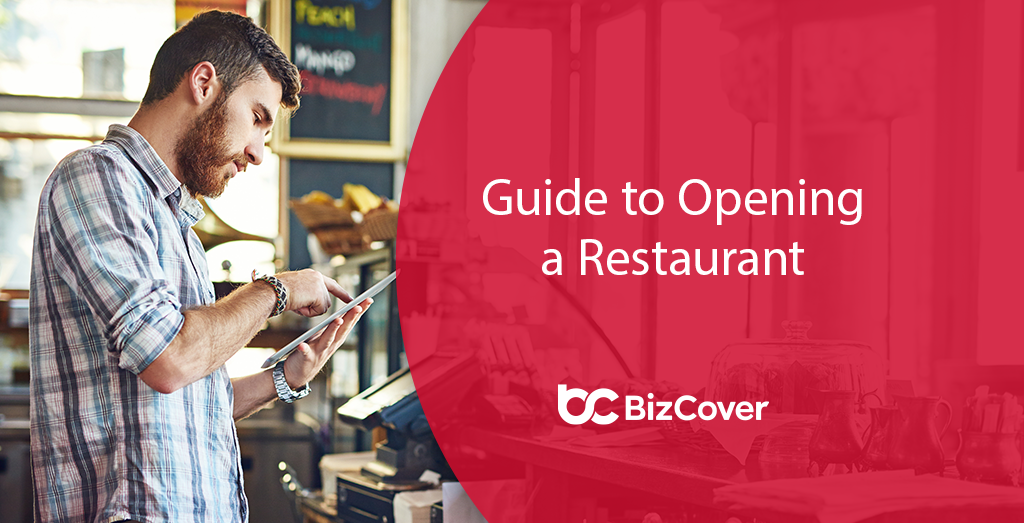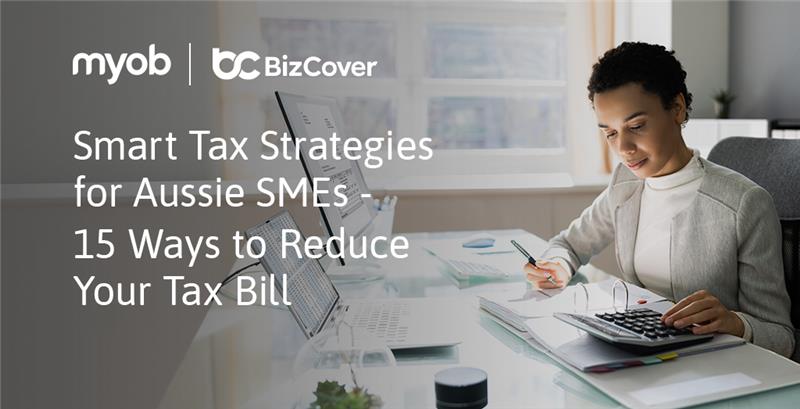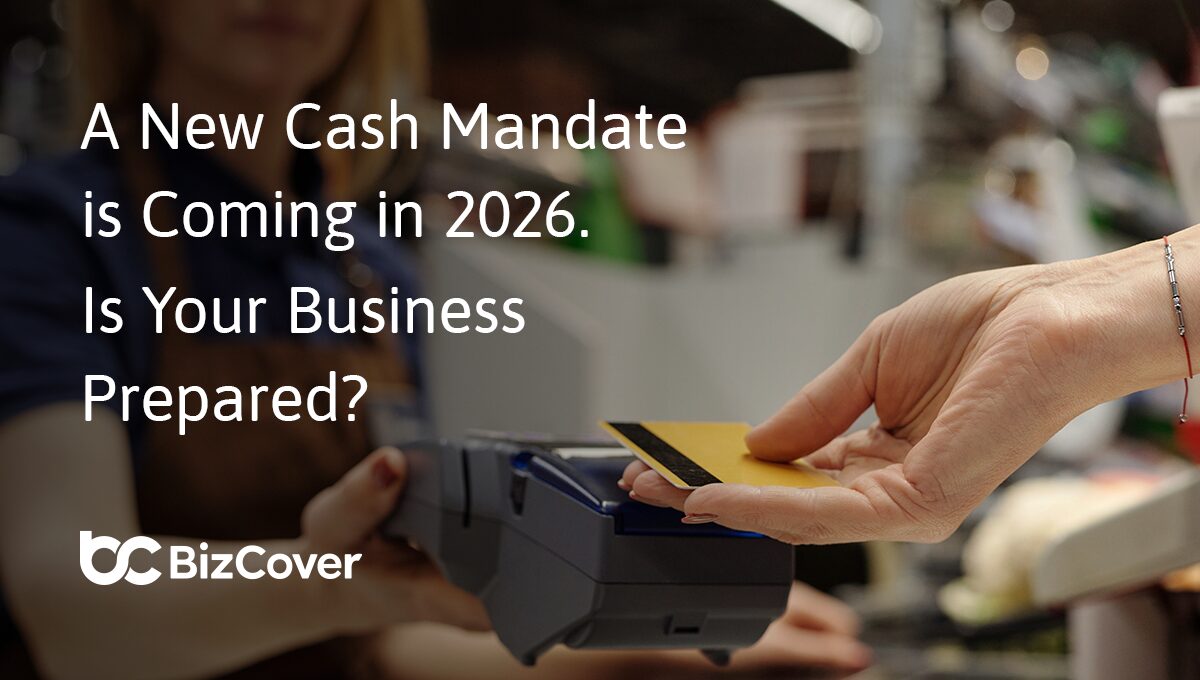How to start a restaurant: 7 step guide to success
Do you spend many nights dreaming about your ideal restaurant, from the great food and the friendly staff to its perfect location and extraordinary ambience? It’s time to make your dream a reality.
The hospitality industry is an exciting place to start a business. Opening a restaurant can be hard work, but it can also be lucrative. To help make the journey a little easier, here is a step-by-step guide to success.
1. Refine your business plan
Without a clear business plan, it can be difficult to see your overall goals and objectives and how you will achieve them. A business plan makes it easier to make informed decisions and to determine your start-up costs.
In the competitive hospitality scene, you will benefit from having a compelling restaurant concept that makes your guests feel special and that sets your restaurant apart from competitors in the market.
Your business plan outlines your vision and describes how you want your business to operate. It will help you to identify any challenges you may face and how you will mitigate risk.
2. The cost of opening a restaurant in Australia and financing options
On average, starting a restaurant in Australia costs around $650,000. Costs involved may include:
- leasing a business premises
- licence fees
- business insurance
- furniture, equipment and ingredients
- payroll
- marketing and promotional costs
For small business owners launching their own restaurant, bank loans are a popular source of funding. There are also several other options that can help new businesses, including federal and state government financial assistance packages and financial assistance programs and initiatives to assist new businesses. These include:
- instant asset write-offs
- equipment rebates
- assistance in hiring unemployed workers or apprentices and
- subventions for energy-efficient lighting
Business.gov.au has a handy free tool for calculating start-up costs for your restaurant business.
3. Choose a location
It can be vital that your new restaurant business secures a favourable location, which can require some thorough research. Look for a venue that is both easy to find and if possible, with parking and public transport available nearby.
Does your concept match the tastes and lifestyle of the local residents? How often do they visit restaurants in the area? These factors could be crucial for the success of your restaurant.
4. Apply for hospitality insurance, certificates, and licences
There are certain licences and certificates you will be required to hold depending on the size of your venue and the regulations of your state government. Applying and getting approval can take some time, so it can be in your interest to start the application process early.
Some of the certificates and licences you may be required to hold for your restaurant business may include:
- Council certificates: You may be required to apply for multiple certificates from your local council, including zoning, fire safety, and occupation certificates.
- Liquor licence: Any venue selling alcohol must obtain a liquor permit from the appropriate territory or state government.
- Food licence: To legally sell food in your restaurant, you are required to hold a food licence. Food licence requirements vary depending on the state you live in and the size of your restaurant.
You may benefit from having several types of business insurance in place to help protect your restaurant from potential losses. Common types of hospitality insurance include Public Liability insurance, Business Insurance, Tax Audit insurance, Management Liability insurance, and Cyber Liability insurance.
5. Create your menu
Your restaurant’s success is heavily dependent on your menu. It should excite your guests and keep them coming back time after time. Will you use only locally sourced ingredients? Or offer wine pairings with each course? Remember that a great restaurant menu effectively maintains customers’ focus, decreases decision time, and, most importantly, drives sales.
6. Hire staff
Your restaurant’s success will depend on the quality of your team, so carefully select competent staff trained in the culinary arts, mixology or customer services. To ensure long term business success, reward your employees often and encourage a positive working environment.
7. Marketing your new restaurant
A key part of growing a business is marketing. It’s crucial to make sure your restaurant is visible on digital platforms. Invest in the following restaurant marketing assets:
- an engaging website
- an active presence on social media
- list your restaurant business in online business directories and review sites such as TripAdvisor
- set up your Google My Business listing
Choose BizCover for hospitality insurance made easy
From food poisoning to theft to customer injury, there are many potential accidents that can occur in the hospitality industry. At BizCover we make it easy for restaurant business owners to reduce their risk via business insurance. Compare competitive quotes online and purchase your business insurance in under ten minutes, so you can get back to running your restaurant.
This information is general only and does not take into account your objectives, financial situation or needs. It should not be relied upon as advice. As with any insurance, cover will be subject to the terms, conditions and exclusions contained in the policy wording.
© 2024 BizCover Pty Limited, all rights reserved. ABN 68 127 707 975; AFSL 501769
This information is general only and does not take into account your objectives, financial situation or needs. It should not be relied upon as advice. As with any insurance, cover will be subject to the terms, conditions and exclusions contained in the policy wording. © 2025 BizCover Limited.





